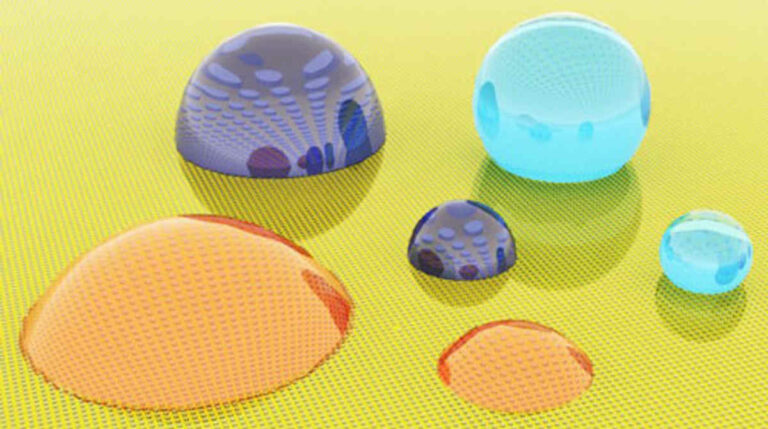A new method allows researchers to shape the growth of bacterial communities by working with light and genetically engineered bacteria, creating intricate designs, from polka dots to stripes to circuits, overnight. The technique can achieve biofilms grown at a resolution of 25 micrometers, which is about one-tenth the size of a grain of table salt.…
Category: Science
Engineered Protein Incorporates Silicon Into Carbon-based Molecules
A new study has shown how natural organisms can be used to make silicon-carbon bonds, something only chemists had done before. Scientists at California Institute of Technology (Caltech) in San Diego bred a new bacterial protein called cytochrome c, to manufacture synthetic bonds that would link silicon and carbon. The finding that has applications in…
Can Statistics Prove Causation When a Study Can’t?
A common problem with some scientific research, especially projects studying human health, is that it is typically difficult, if not impossible, to prove that a specific action directly causes an effect. For example, scientists have found that those who smoke cigarettes also are more likely to suffer from depression. However, scientists cannot uniquely determine whether…
How Does Genetics Explain Non-identical Identical Twins?
Newspapers recently went wild with a story about identical twin sisters with a difference: they weren’t identical. Like all identical twins, Amelia and Jasmine arose from a single fertilised egg so have identical DNA, but somehow look different from each other. One child has dark skin, black hair and brown eyes while the other has…
Device Plays Sounds To Let Blind People ‘See’
The world is a jumble of sights, sounds, and smells. While these signals may seem distinct and independent, they actually interact and integrate within the brain’s network of sensory neurons. A new assistive device for blind people taps into this sensory network. It translates images into sounds, allowing visually impaired people to detect their environment…
Even Sticky Liquids Won’t Stick To This Surface
A new engineered surface can outperform some of nature’s best water repellents, including the leaves of the lotus flower. Creating surfaces that make liquid droplets more mobile could help prevent icing on aircraft wings and improve water harvesting in arid regions. Tak-Sing Wong, assistant professor of mechanical engineering at Penn State, says: This represents a…
Origins of Human Language Revealed By Bonobo "Baby Talk"
Bonobos, our closest living relative among primates, may be able to give us an inside look at the evolution of human speech, new research shows. Human infants are able, from an early age, to produce vocal sounds in a wide range of emotional states and situations. This ability is believed to be one of the…
Oleogustus: Fat Is The Sixth Taste, Research Confirms
A sixth sense of taste should be added along with the list of salt, sweet, sour, bitter and umami, Purdue University researchers believe. Meet oleogustus, the name given to the sense of fat taste. Triglycerides, molecules made of three fatty acids, comprise the bulk of the fat we eat. Richard D. Mattes, distinguished professor of…
Wireless Probe Enables Brain Control With Optogenetics
With a press of a button, scientists can wirelessly determine the path a mouse walks, a new study shows. The remote controlled, next-generation tissue implant, developed by researchers at the Washington University School of Medicine, St. Louis, and University of Illinois, Urbana-Champaign, enables neuroscientists to inject drugs and shine lights on neurons deep inside the…

